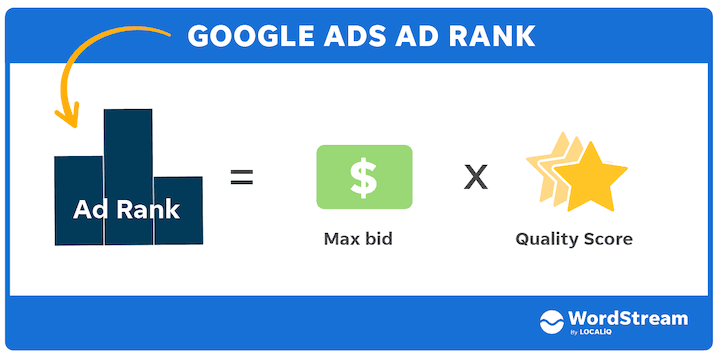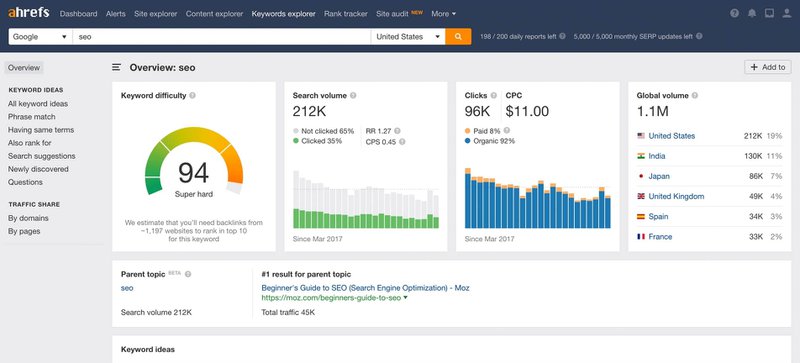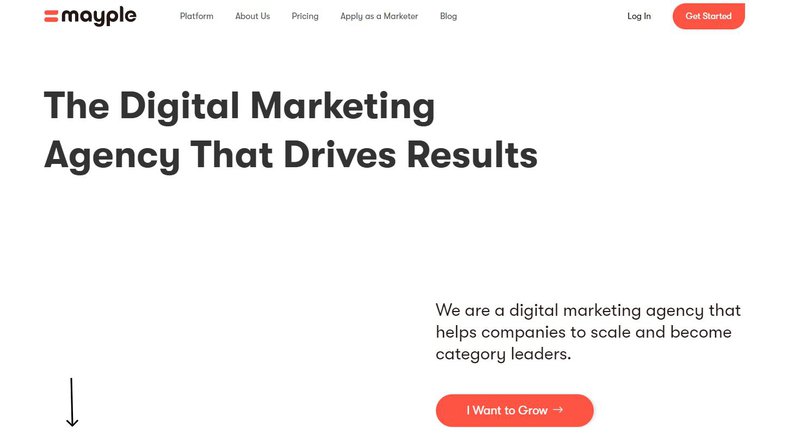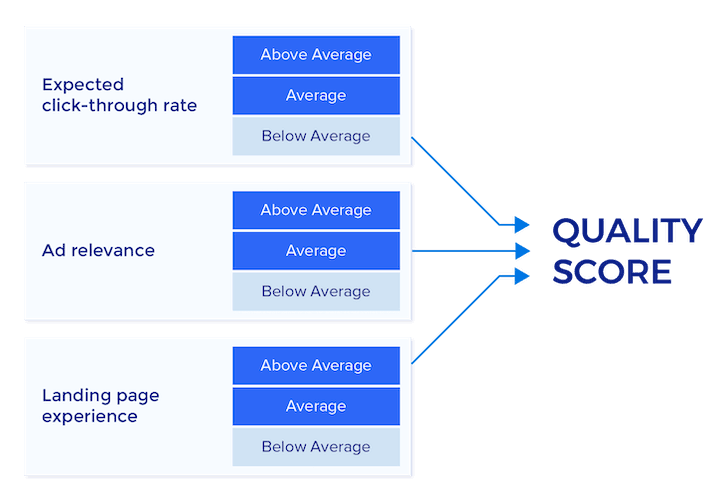What is Search Advertising? How it Works + Top Strategies [2026]
Learn what search ads are, how search advertising campaigns work, how to improve your ad rank, find the right keywords and target the right audience to scale.
Published November 5, 2024

Ever find yourself feeling like an idiot searching for something on Google? “Hello Alexa? Paper towels near me?” 🤦♂️ Search engines are changing the way we communicate.
And they are dragging the rest of us into their non-grammatical existence. Marketers and digital marketing agencies have built their businesses around search engines through search ads.
Search ads were created in 2005 and they are still popular today. And by popular we mean cost-effective and incredibly powerful. The catch is - you have to know how to use them.
In this post, we break down what search advertising is, how it works, and top tips to help you optimize and create winning ads.
Let’s dive in.
What are search ads?
Search advertising (also known as paid search advertising or pay-per-click advertising) is a marketing technique that involves placing ads on search engine results pages. Brands that place ads in the search results pay a small fee every time a user clicks on the ad.
Search advertising is particularly powerful because reveals the search intent of each user. And that provides an opportunity for advertisers to bid on specific keywords and target very specific audience segments, at every stage of the customer journey.
The most common advertising platforms for search campaigns are Google Ads, Bing Ads, and Amazon Ads. Google is the most popular search engine with over 91.88% market share so we are going to focus the article on Google Ads but just know that there are other types of search ads you can use for your business.
So how do these ads work? Let's talk about that.
How search ads work
Google uses an auction system and ranks ads that appear in its search results. An advertiser can bid on each keyword and set a maximum budget for each keyword or the search campaign as a whole.
Once the ad is created and the advertiser sets the bid then Google goes in and calculates what's known as ad rank (more on that later). Google takes into consideration the quality of the ad, click-through rate, and overall user experience of the ad's landing page. Then, the advertiser with the highest ad rank pays the amount needed to beat the nearest competitor.
So what is this mysterious ad rank? Let's talk about it.
What is Ad Rank?
Ad Rank is an algorithm that determines how highly an ad ranks in the sponsored results and how much the advertiser has to pay when a user clicks on the ad. It's the PageRank equivalent for search ads in Google.
Unlike the obscurity that covers all things related to organic search and Google's ranking factors, the search engine is pretty upfront about what affects your campaign's ad rank. Here are the elements that comprise the ad rank formula:
- Landing page experience - your landing page needs to provide a good experience for the user. It needs to be clear, relevant to the search intent, and have original content that's optimized with related keywords
- Ad format - Google takes into consideration the format of your ad so it's important to use various extensions like ratings, prices, directions, and phone numbers whenever applicable
- Ad relevance - Google ensures that your ad is relevant to the search query. Don't advertise mangos when the search engine user was looking for a milkshake machine.
- Expected click-through rate - Google estimates how likely it is that your ad will be clicked.
These features make sure that advertising budgets are being spent on the right keywords and the right audience. But that's just how Google is set up, there are a ton of strategies you could use to improve your search ads.
Tips to make search advertising work for you
Here are a few top tips to improve your return on investment from your ads campaigns.
Create the right account structure
The first step in any advertising is structuring your account correctly. Under each campaign, you need to have an ad group, and the ad group should contain specific keyword lists, negative keywords, and individual ads. That way you can optimize each ad and ad set separately.
Keyword research
The next thing to do is perform some keyword research. You want to find out which words people are searching for in order to create more effective ads. This means finding long-tail keywords that aren't already saturated by other advertisers.
You also want to identify terms that are less competitive but still drive traffic to your site. These are called low-competition keywords. Use Google's Keyword Planner or paid tools like Ahrefs and Semrush or a keyword Chrome extension to help you find the most relevant keywords for your audience.
Optimize your landing pages
Once you've identified your target keywords, it's time to start optimizing your landing pages. Make sure that every page provides a good experience for the user, matches their search intent, and has the various elements that the user could expect.
Change the format of your landing page in accordance with the other ads that show up for your keywords. And play around with it. You may find that blog posts do better as landing pages for certain keywords.
Relevancy
This is one of the most important aspects of search marketing. It's easy to get caught up in all the fancy tools and tricks, but without good relevancy, none of those things matter. So, make sure that you create ads that are relevant to your audience. Have your ideal customer persona in mind when you're creating them and make sure to include your value proposition.
Ad copy
Another aspect of search marketing is writing compelling ad copy. Your ads need to be interesting enough to grab the user's attention. If you are struggling with this bit check out our guide to copywriting, or speak to one of our top copywriters.
Targeting strategies
In order to make the most of your marketing budget you need to nail your targeting. Make sure you're targeting the right audience and use techniques like geotargeting (showing search ads only in specific locations) and retargeting (showing ads to consumers that have visited your site but haven't checked out).
For example, your targeting should be really broad for your Google Discovery Ads and very specific for Google Shopping campaigns.
Ongoing optimization
Search engine optimization isn't an overnight process. You'll constantly be tweaking your strategy based on user behavior. For example, if you notice that certain keywords aren't bringing in any traffic, try changing your ad copy or adding new landing pages. Constantly A/B test your ad copy, creative, and targeting to maximize your ROI.
Need help with ongoing optimization? Talk to one of our top advertising consultants.
Leverage the power of search ads
Paid advertising is a super effective way to reach your target audience and engage with potential customers. But you have to know how to use it. Feeling stuck with your campaigns? Work with one of our top Google Ads experts.
We have 600+ vetted, hand-picked experts and can match you with one that has proven success in your niche. And the best part - you don’t need to look for one. Let our AI engine do all the work. Get started today!
FAQs
What are the benefits of search advertising?
The main benefit is that you anticipate what people want to know or buy and you can get them to click on your ad as soon as they see it. You can display a variety of information in your ad and really entice the user with good copywriting practices and research.
What are the types of search ads?
There are several types of Google ads including:
- Responsive search ads
- Dynamic search ads
- Display ads
- Shopping ads
- App promotion ads (built for mobile devices)
- Local search ads
- Call-only ads
What are the 3 main elements of a search ad?
The three main components of a search ad are:
- Headline text
- Display URL
- Description text
All of them work to convince the user to click and can all be A/B tested and optimized for each search ad campaign.
What are the 4 types of search?
There are generally four types of search (or search intent) which are
- Information intent
- Navigational intent
- Transactional intent
- Commercial intent
What is an example of search marketing?
Examples of search marketing include pay-per-click (PPC) advertising and SEO.
Search marketing is an umbrella term for all paid and unpaid techniques that businesses and retailers use to increase their visibility across the internet and various search engines.
What is the role of search marketing?
The role of search marketing or search engine marketing (SEM) refers to a variety of strategies and tactics that brands use to increase their visibility in search engine results pages (SERPs). The goal is to increase traffic, bring more leads and SQLs, and boost conversions. It can be through paid advertising, contextual advertising, and SEO.
Are search ads effective?
Yes, they are. Paid search advertising is an effective way to reach your target audience and match different consumers' search intent. It puts your ad or promotion in a position where it's guaranteed to be seen. Advanced targeting and keyword strategies make it a very cost-effective channel.







![The All-in-One eCommerce Advertising Report Template [FREE]](https://entail.mayple.com/en-assets/mayple/fit-in/280x280/6357cd8ca09f4226830e993b_ecommerceadvertisingreporttemplate1_ec808102f982300e6f9871d340c1a91a_2000-1699775593744.png)

